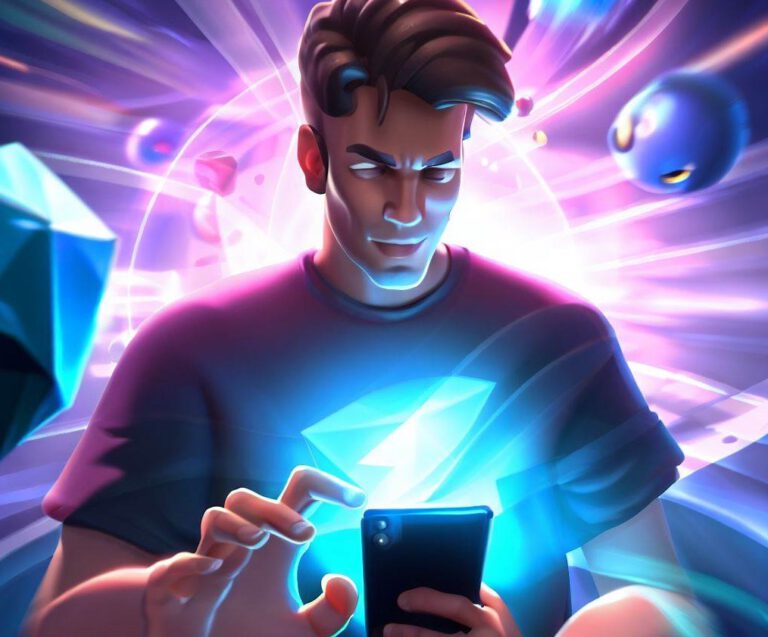Mastering Unity 2D Game Development: Unleashing Creativity in Two Dimensions

2D game development continues to captivate players with its charm and simplicity. Unity, a powerful game development engine, offers a robust framework for creating immersive and visually stunning 2D games. In this extended article, we will explore Unity’s capabilities for 2D game development, providing tutorials and guides on essential topics such as sprite animation, physics, and level design. Whether you are a beginner or an experienced developer, this guide aims to equip you with the knowledge and skills necessary to excel in Unity 2D game development.
I. Getting Started with Unity 2D:
Before diving into the specifics of Unity 2D game development, it is crucial to set up the project and become familiar with Unity’s 2D tools and features. This section will cover the initial steps to kickstart your journey into creating 2D games.
- Project Configuration: Step-by-step instructions on configuring a Unity project for 2D game development, including setting up the appropriate scene view and importing necessary assets.
- Understanding the 2D Workflow: Exploring Unity’s 2D workspace, including the 2D sprite workflow, sprite editor, and the Tilemap system.
II. Sprite Animation and Asset Management:
Sprite animation breathes life into 2D games, adding movement and personality to characters and objects. This section will guide you through sprite animation techniques and best practices.
- Sprite Creation and Import: Creating and importing sprites into Unity, including considerations for sprite resolution, sprite sheets, and optimizing file sizes.
- Animation Controller: Building animation controllers to control sprite animations, including creating animation states, transitions, and blending.
- Character Controller: Designing character controllers for player characters or non-playable characters (NPCs), covering movement, input handling, and collision detection.
III. Physics and Collisions in Unity 2D:
Physics simulation is crucial for creating realistic interactions and gameplay mechanics in 2D games. This section will explore Unity’s physics engine and how to leverage it effectively.
- Rigidbody and Colliders: Understanding the concepts of rigidbody components and colliders, and how to use them to create realistic object movements and collisions.
- Physics Materials: Configuring physics materials to control friction, bounciness, and other physical properties for different types of objects in the game.
- 2D Joints and Constraints: Utilizing 2D joints and constraints to create complex interactions between game objects, such as hinges, springs, and ropes.
IV. Level Design and Asset Integration:
Level design is a critical aspect of creating engaging 2D games. This section will cover best practices for designing and integrating assets into levels using Unity’s tools.
- Level Construction: Step-by-step guide on constructing levels using Unity’s Tilemap system, including designing tilesets, creating tilemaps, and organizing layers.
- Parallax Scrolling: Implementing parallax scrolling to add depth and visual interest to the game’s backgrounds, enhancing the overall immersive experience.
- Asset Integration: Introducing techniques for integrating assets like audio, particle effects, and UI elements into the game to create a cohesive and polished experience.
Conclusion:
Unity provides a robust framework for unleashing creativity in the world of 2D game development. By mastering essential topics like sprite animation, physics, and level design, developers can create captivating and visually stunning 2D games. This extended article has provided an in-depth guide and tutorials to equip you with the knowledge and skills necessary to excel in Unity 2D game development. Remember to experiment, iterate, and embrace the endless possibilities that Unity offers to create unforgettable 2D gaming experiences.








